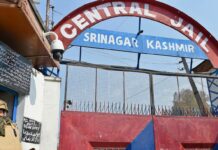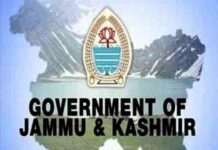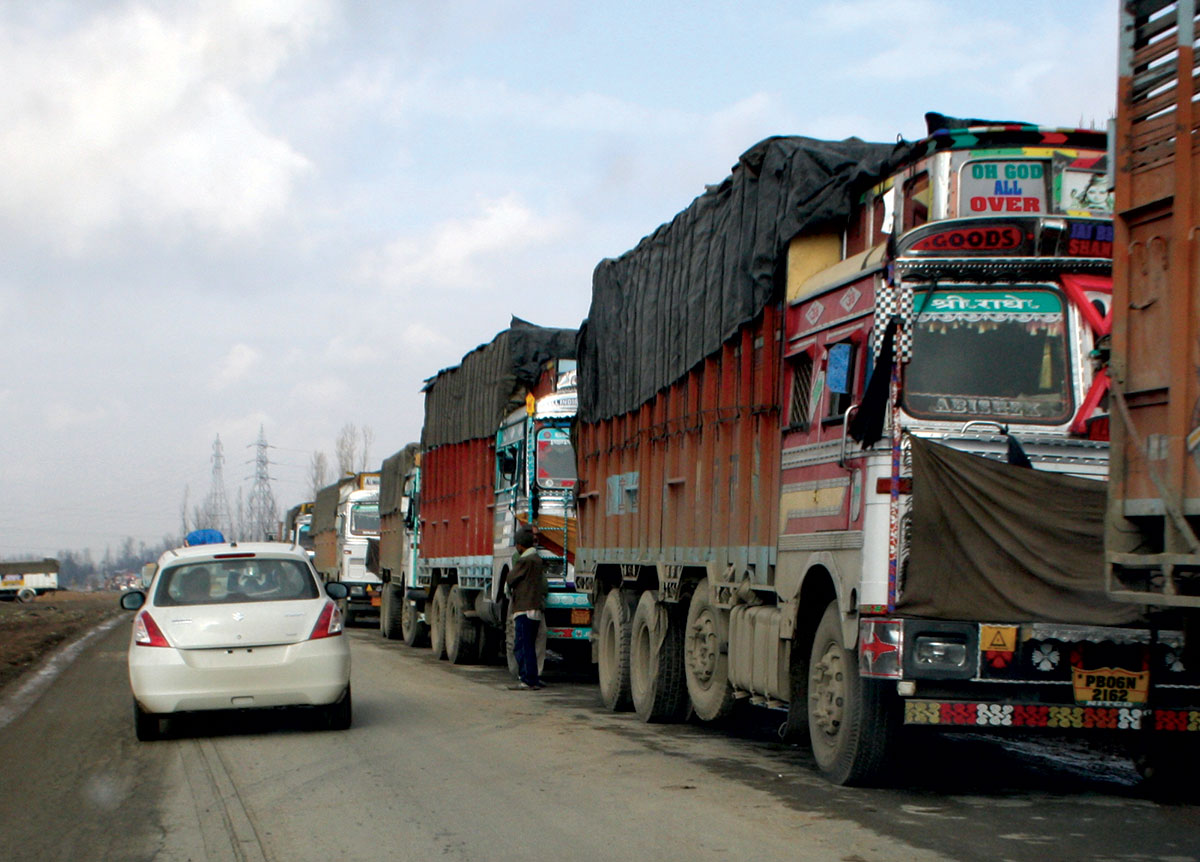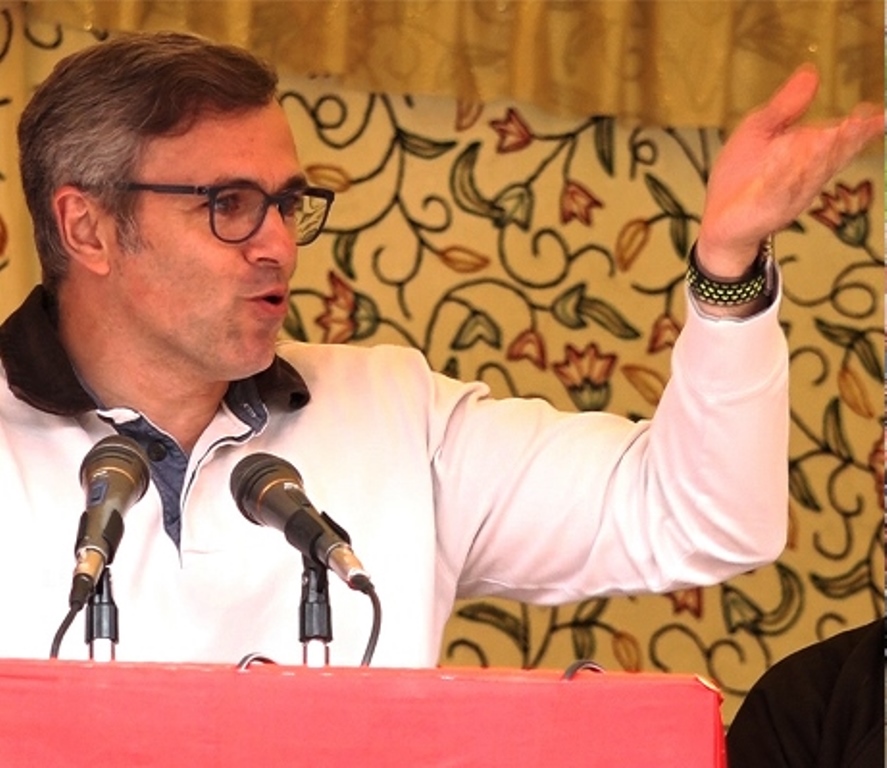RIYAZ UL KHALIQ
KL NEWS NETWORK
SRINAGAR
Standing Committee on Water Resources (SCWR) in its 2014-15 report has identified an “appalling gap” in the flood management efforts of the government which got exposed to public glare during the unprecedented 2014 September floods in J&K.
Tabled in Parliament recently, the SCWR report said there is a lack of coordination between the local administration and CWC in the matter of flood forecasting.
“The Central Water Commission is not having any forecasting network in Jammu and Kashmir,” the SCWR stated. “In Jammu & Kashmir, Indian Meteorological Department had conveyed in advance the information three days before, about the rainfall through their website.”
As far as the forecasting in case of Kashmir valley is concerned, the SCWR has remarked, “there have been certain very special circumstances, which constrained the authorities from putting the networks in an extensive way.”
“The Kashmir Disaster Management Authority or the Flood Control Department have got their own network and they have been running their own flood warning system in parallel to us,” the SCWR said.
“Our focus has been mainly on the water treaty whereas the flood control and the flood management responsibilities were largely being handled by the J&K Government.”
The primary situation behind J-K floods was that of topography of the area.
“Even if a flood forecasting network put in place, it would have been very difficult to provide a forecast with a sufficient lead time in order to see that the enough amount of disaster mitigation measures can be taken by the authorities well in time,” the SCWR observed.
“Especially in case disaster management in respect of floods, we need relatively larger amount of time to make the forecast otherwise the amount of evacuation etc, which has to be done from the civic authorities, is not adequate.”
After 2014 September floods, Union Government constituted three-member group comprising Chairman, Central Water Commission, Commissioner (Indus) and Director, National Institute of Hydrology, Roorkee on September 18, 2014 to conduct an ‘in-depth study and analysis’ of the unprecedented floods in J&K so as to make suitable recommendations along with a detailed action plan to deal with such threat in future.
The expert group was also to review the status of project ‘Flood Threat Management of river Jhelum’ by Government of J&K. The group has finalized its report and submitted to Ministry of WR, RD & GR on October 31, 2014.
“The low carrying capacity of the Jhelum river is due to very mild slope of the order of 1/10000 between Sangam and Wular Lake resulting in very low flow velocity in the river reach of about 96 KM,” the group said. “This slope also results in steep rise of river water level in case of high discharge in river.”
The bowl shape of the valley and very mild slope of river makes the area between Sangam and Wular Lake susceptible to flooding in case of heavy rainfall in the drainage area, the group concluded. “This aspect needs to be considered while taking any future development work in the adjoining area of Jhelum between Sangam and Wular lake.”
All the components of the comprehensive flood management scheme needs to be planned and implemented simultaneously in time bound manner to get intended benefit, the expert group stated.
“All the breaches need to be closed before next monsoon and the section of the embankments restored including pitching, if required,” the group said. Besides, the group pitched for development of flood forecasting and warning networks.
“Due to bowl shape of Srinagar valley, the conventional flood forecast techniques like gauge to gauge correlation may not serve the desired purpose. In such type of terrain, a mathematical model comprising of rainfall-runoff, hydrodynamic / hydrological routing and flood forecast components shall be required.”
MIKE 11 may be considered to be one of the time tested platforms to develop such operational flood forecasting tool, the group said. “Based on established flood forecasting procedures and considering Sangam as base station, the available warning time for Srinagar will be about 3 to 4 hours only.”
However, advisory forecasts based on rainfall can be issued with a lead time of about 8 hours after validating the model for two to three seasons, the group recommended.
“Surveys for the river cross section between Sangam and Wular Lake including those in flood spill channel may be initiated immediately for the model development to meet the deadline. Further work to be made in this direction is covered in long term measures.”
The short term measures recommended by the group including raising/ strengthening of existing embankment, enhancement of carrying capacity of existing Flood Spill Channel (FSC), dredging of Out Fall Channel (OFC) to increase its carrying capacity, setting up of rapid action dewatering facilities in urban areas and establishment of adequate emergency response measures and rescue areas.
Long term measures recommended by the group, include additional supplementary Flood Spill Channel, creation of storage, development and enhancing the capacity of Wular Lake, flood plain zoning, necessary measures to contain lot of sewage/solid waste from urban areas going in to Jhelum, afforestation and others.
“The flood warning times can be improved further from 8 hours in long term after establishing of further reliable point/gridded rainfall prediction within a relatively narrow variation range by joint effort by IMD and CWC,” the committe said.
The Committee noted that the statement of the representative of the Ministry that the Central Water Commission has no forecasting network in Jammu & Kashmir. This fact reveals an “appalling gap” in the flood management efforts of the Government which was exposed to public glare during the unprecedented flood havoc in the State of Jammu & Kashmir in 2014.
The Committee therefore, recommended that Central Water Commission “should waste no further time but initiate urgent remedial steps” to set up a centralized forecasting station in the State.
They also desired that the Union Ministry and Water Resources and Central Water Commission to work in close coordination with the local / State administration so that works for flood control in that State do not proceed in an unplanned and haphazard manner as witnessed during the flood fury of 2014.
The ‘Expert Group’ under the cahirmanship of Chairperson CWC has analysed the problem and has suggested various immediate short-term and long-term measures to tackle the problem. The Committee, therefore, hoped that the Government initiates necessary follow up action on recommendations / measures of the ‘Expert Group’ so that there is no repeat of the flood havoc as witnessed in 2014.
The Committee would like to be apprised of the outcome within three months of the presentation of the Report, it asserted.















